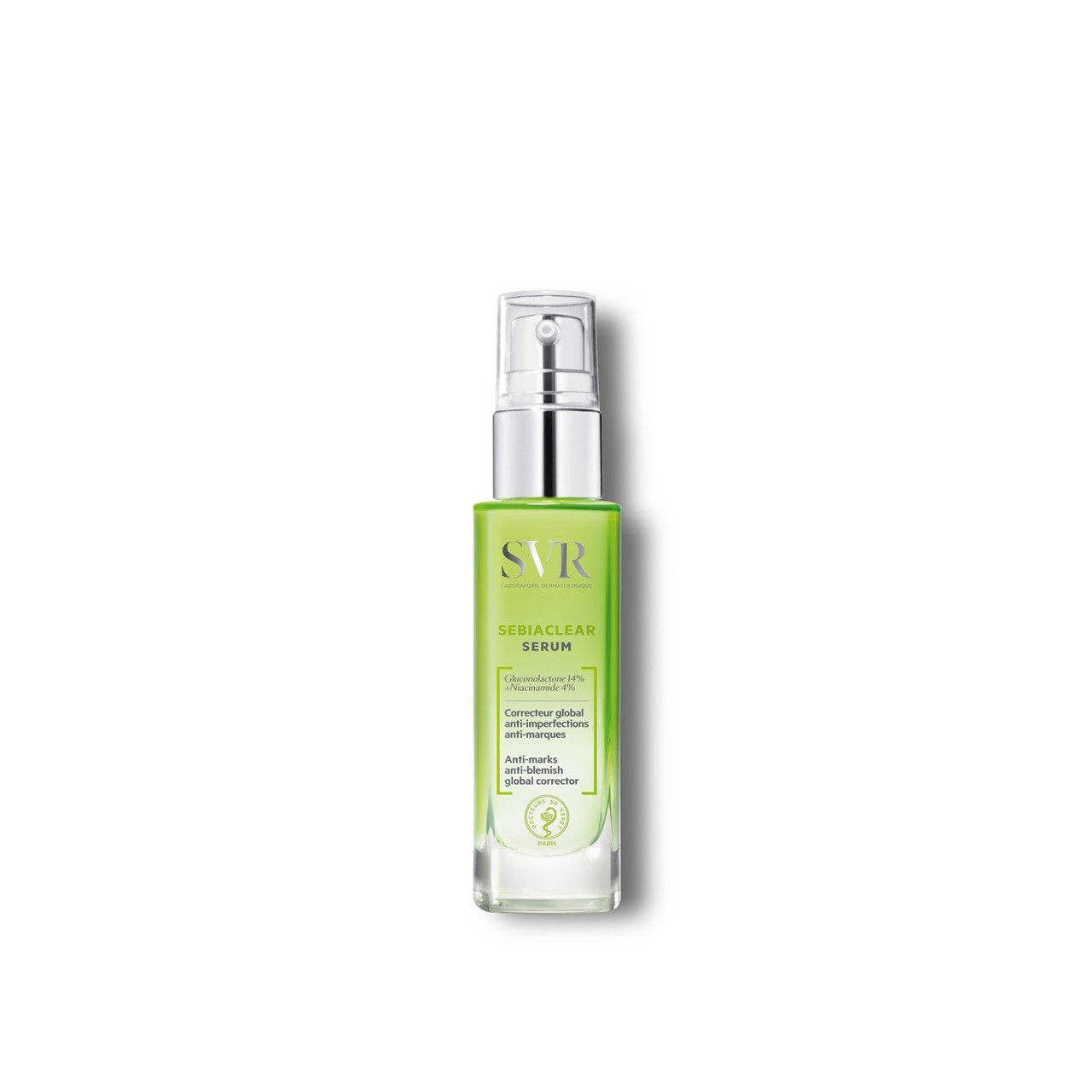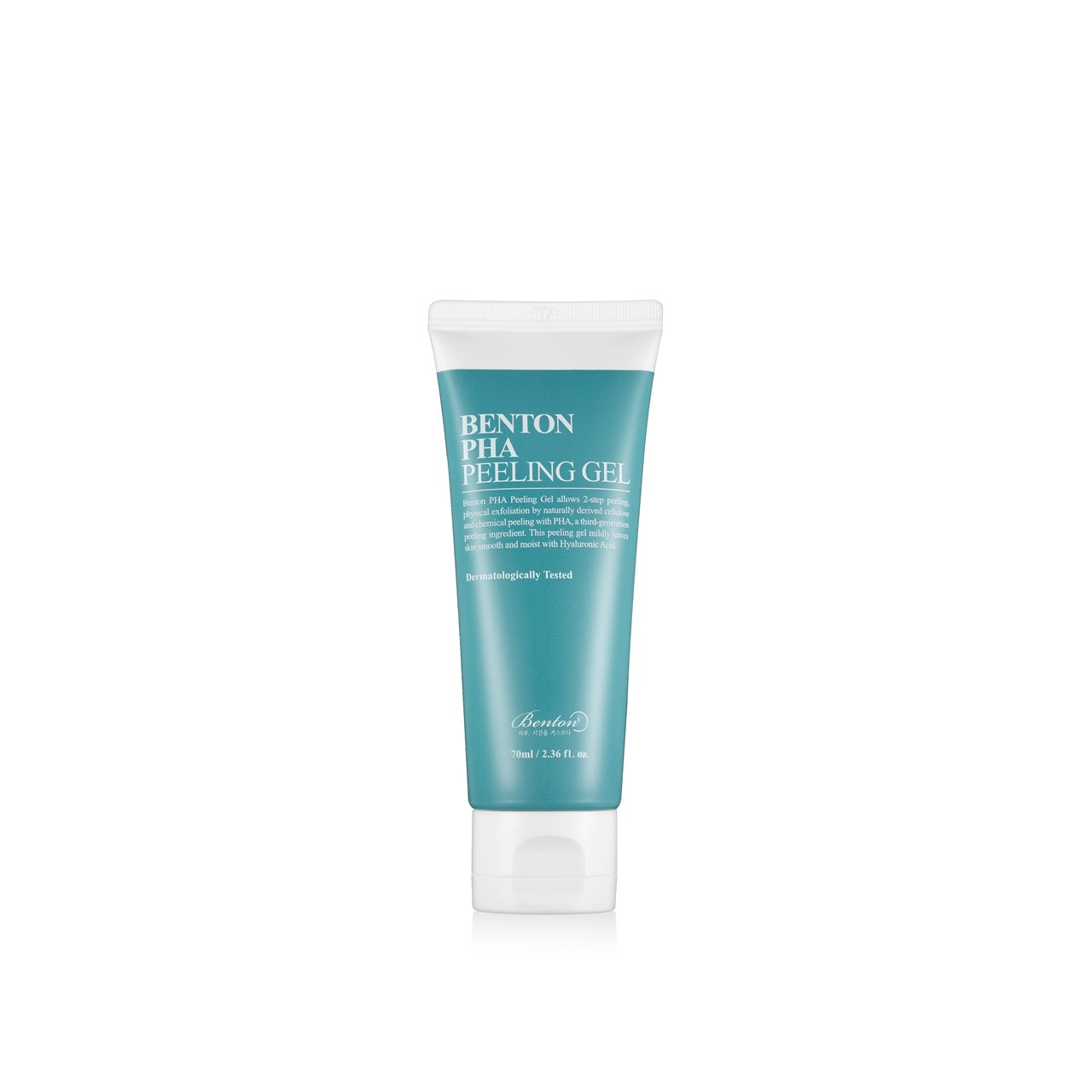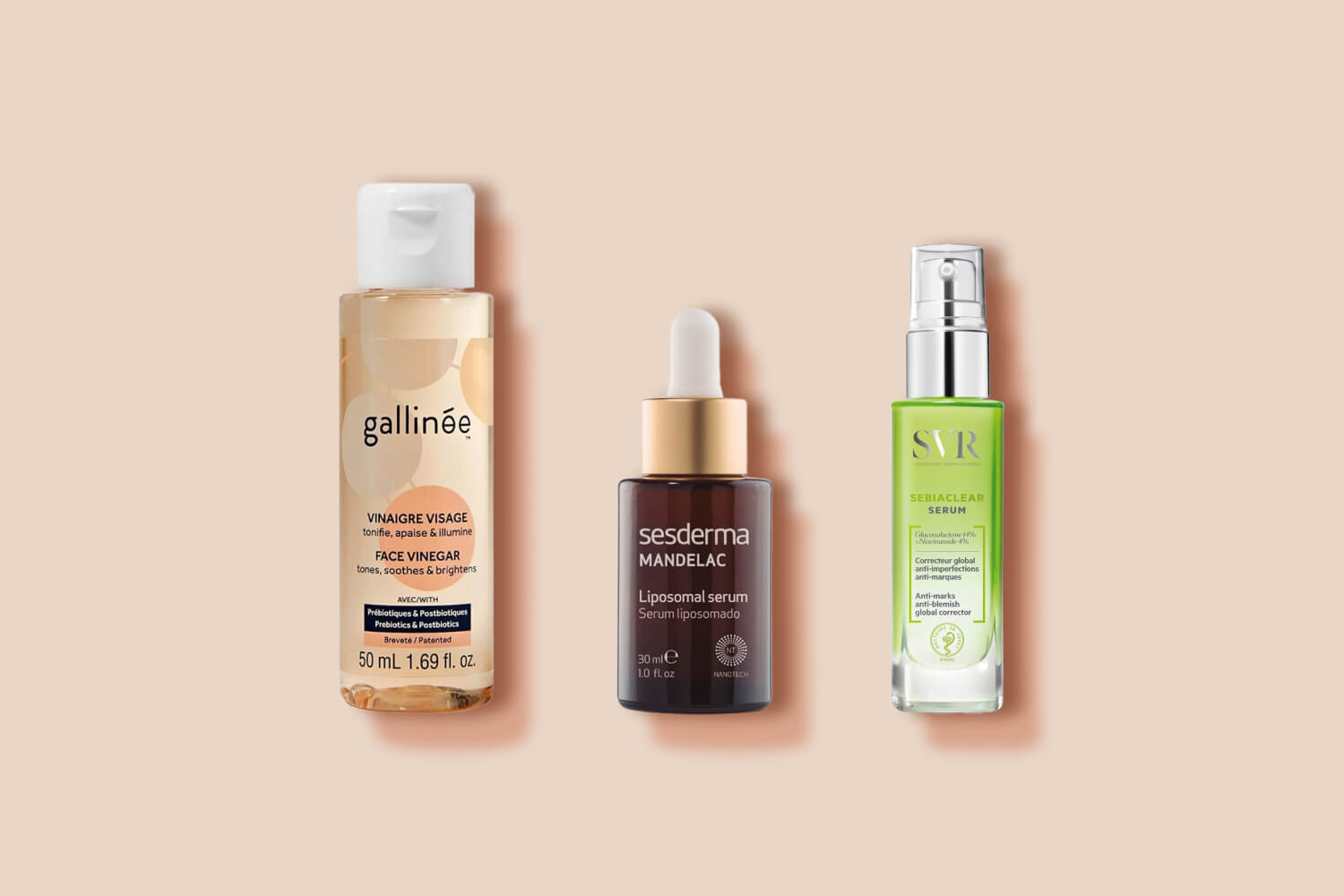
If you have sensitive skin and are convinced you can’t use AHAs, such as glycolic acid, we have good news for you. With increasingly rapid developments in the skincare world, today there are exfoliating acids that are suitable for sensitive skin, providing that you take the necessary precautions. Keep reading to learn more about the best acids for sensitive skin.
AHAs and sensitive skin
AHAs, like glycolic acid, are one of the most popular ingredients in the skincare world. They have tried-and-tested exfoliation, skin smoothing, and antiaging effects, and are used just about everywhere in different types of routines. It wouldn’t be strange to see a product with glycolic acid in an anti-aging routine, for its exfoliating and skin smoothing properties, which help to minimize the appearance of fine lines and improve the complexion; on the other hand, it wouldn’t be out of place to see glycolic acid in routines more focused on acne and blemishes, due to the retexturizing properties of this ingredient. We can also place glycolic acid in routines dedicated to dark spots, which can always benefit from the exfoliating properties of glycolic acid, to help renew the skin and thus reduce the appearance of spots on the surface.
Despite all of these incredible properties, AHAs also have a very real drawback in that they can be sensitizing and cause some unpleasant skin reactions. If you have sensitive skin, this can be particularly difficult for you, as your skin may not tolerate an ingredient like glycolic acid at all.
Exfoliating acids you can use on sensitive skin
We’ve already seen that glycolic acid can be a little too much for sensitive skin, but the good news is that there are alternatives. There’s a couple of AHAs in the mix–we’re thinking of mandelic and lactic acids, for example–, but also PHAs, a new “type” of acids that might just a game-changer for sensitive skin.
Lactic acid
Lactic acid is a well-known alpha-hydroxy acid, or AHA. It is popular for its ability to gently dislodge dead skin cells in order to unveil smoother, more even skin underneath. This is something lactic acid has in common with other AHAs, namely the super popular glycolic acid, but that’s not its only selling point.
Lactic acid offers much the same benefits as glycolic acid, but in the form of a larger molecule. In practice, this means that lactic acid has a harder time penetrating the skin than glycolic acid. This might make it slightly less effective, yes, but it also makes it much less sensitizing. If you’ve had some rough experiences with glycolic acid in the past, trying lactic acid as an alternative might just be the right path for you.
Outside its exfoliating benefits, lactic acid is also an intensive moisturizer, so you may find it in body lotions (and, quite often, intimate hygiene and care products).
As for side effects, lactic acid calls for the same preventive measures as others exfoliating acids: always use sunscreen the day after applying lactid acid to your skin. Apart from that, lactic acid is a perfectly safe ingredient, and it can even be used during pregnancy.
How to use lactic acid in your skincare routine
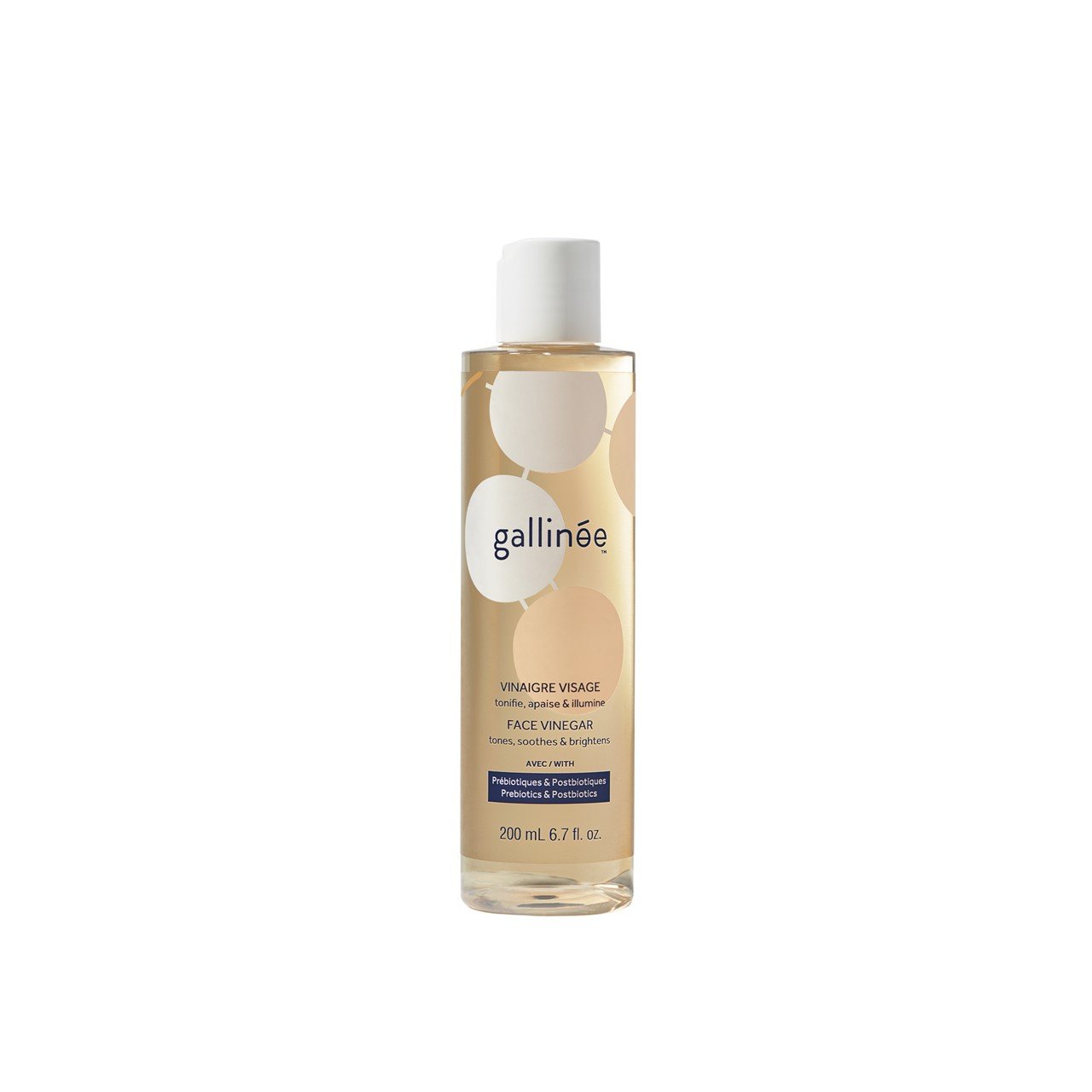
Mandelic acid
Likc glycolic acid and lactic acid, mandelic acid is an alpha-hydroxy acid, or AHA. Just like the other two ingredients, it offers a peeling-like effect, slowly exfoliating the skin in order to boost its radiance and glow. Mandelic acid offers much the same benefits as lactic acid: it’s a slightly bigger molecule, so it doesn’t penetrate as deep into the skin. While this means it can’t offer such an in-depth effect, it also means it won’t cause quite as much sensitivity.
Mandelic acid can also offer benefits beyond exfoliation: it’s got antibacterial properties, so it may be a promising ally against acne. (Though perhapts not THE star ingredient to use in an anti-acne formulation.) Last, not never least, mandelic acid has also shown promise in the fight against post inflammatory hyperpigmentation, a particularly hardy type of hyperpigmentation.
Like all exfoliants, mandelic acid can increase your skin’s sensitivity to the sun, so make sure to always combine it with a sunscreen. It’s safe for use during pregnancy, also.
How to use mandelic acid in your skincare routine
Gluconolactone
Gluconolactone doesn’t have “acid” in the name, but you can rest assured that it belongs on this list. Gluconolactone is a polyhydroxy acid, or PHA. The effects of gluconolactone are similar to the effects you’re used to seeing from AHAs: exfoliation, radiance-boosting, texture-smoothing, and some anti-aging benefits with wrinkle reduction. The true trump card of gluconolactone and other PHAs is that they are less sensitizing than the star AHA, glycolic acid. This is great news for very sensitive skin types, or even those that suffer from conditions that have a lot of associated reactivity, such as atopic dermatitis or rosacea.
Gluconolactone has yet another hidden benefit, as it may actually moisturize your skin and help repair your skin barrier. It’s a good team player, too, so you will often see it working in tandem with other star ingredients (such as azelaic acid for rosacea or peptides for anti-aging).
As for side effects, you know what we’re going to say: always use sunscreen if you’re using an exfoliator of any kind, even if that exfoliator feels very gentle on your skin. In the case of gluconolactone, there is a suggestion out there that it may not be as sun-sensitizing as other ingredients, but that’s far from proven. Either way, you should be wearing sunscreen at all times regardless of whether or not you are using an exfoliating ingredient.
How to use gluconolactone in your skincare routine
Lactobionic acid
Lactobionic acid (also known as bionic acid, occasionally) is a variant of gluconolactone. Evidence seems to suggest that lactobionic acid is even more gentle than gluconolactone, which makes it a promising active for very sensitive skin. If you opt to use lactobionic acid in your routine, you’ll be looking at the same benefits we’ve listed for other ingredients on this list–think exfoliation, a boost of radiance, a smoother skin texture, and so on. Make sure to use the same precautions as well: always use sunscreen in combination with your lactobionic acid, and make sure to use it sparingly at first, just in case your skin decides to act out.
How to use lactobionic acid in your skincare routine
How to use exfoliating acids if you have sensitive skin
Sensitive skin tends to be a little vulnerable, and is very likely to react negatively to the use of exfoliating acids. However, there are ways to adapt these ingredients to this skin type, and thus create an effective routine that does not cause as much irritation as expected. Here are our best tips to exfoliate sensitive skin without causing an absolute skin disaster:
- Start with low concentrations of exfoliant ingredients, and work your way up to higher concentrations with time and patience, and only if needed. You don’t always need the highest concentration of everything on the market!
- Exfoliate fewer times a week. Try it once a week at first. If you still experience adverse side effects, such as dry patches, redness, or irritation, trying spacing our exfoliation adventures a little further still. Try it once every two weeks!
- If you overdue your exfoliation, make sure to give your skin a break and slather it with a calming and soothing product, like the La Roche-Posay Toleriane Sensitive Cream, for example;
- Avoid exfoliating scrubs, as those are rather abrasive and can even create “micro lesions” on your skin;
- Make sure your skincare routine is rich in moisturizing and soothing ingredients outside of the exfoliation step. Always try to achieve a healthy balance between different types of products and actives in your routine.
Beauty Writer & Editor


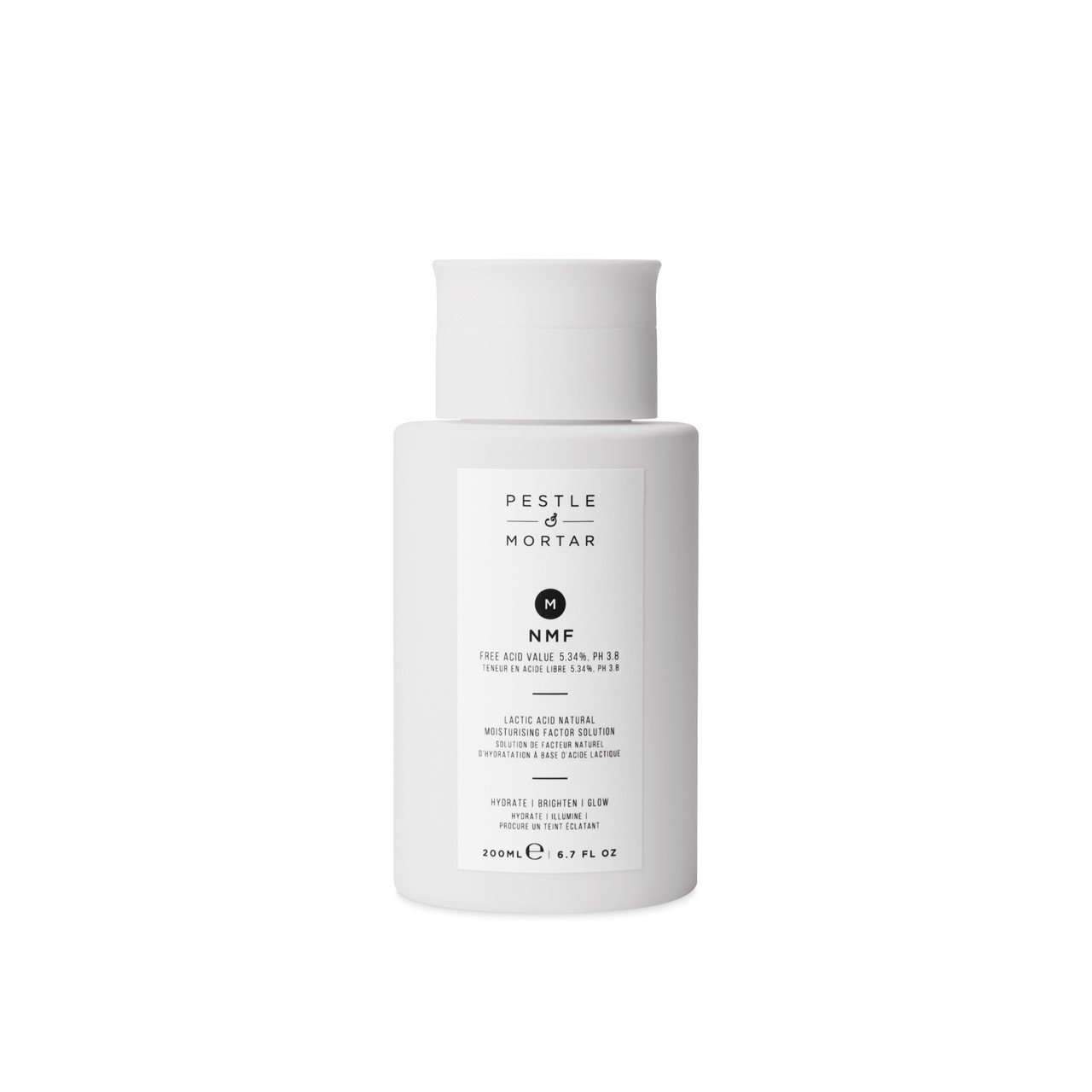
![Sensilis Pure Age Perfection [Cicacne Serum] Blemishes & Wrinkles Corrective Treatment 30ml](https://static.beautytocare.com/media/catalog/product//s/e/sensilis-pure-age-perfection-cicacne-serum-blemishes-wrinkles-corrective-treatment-30ml.jpg)

